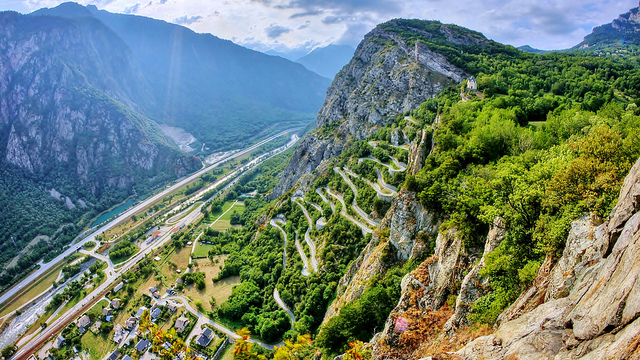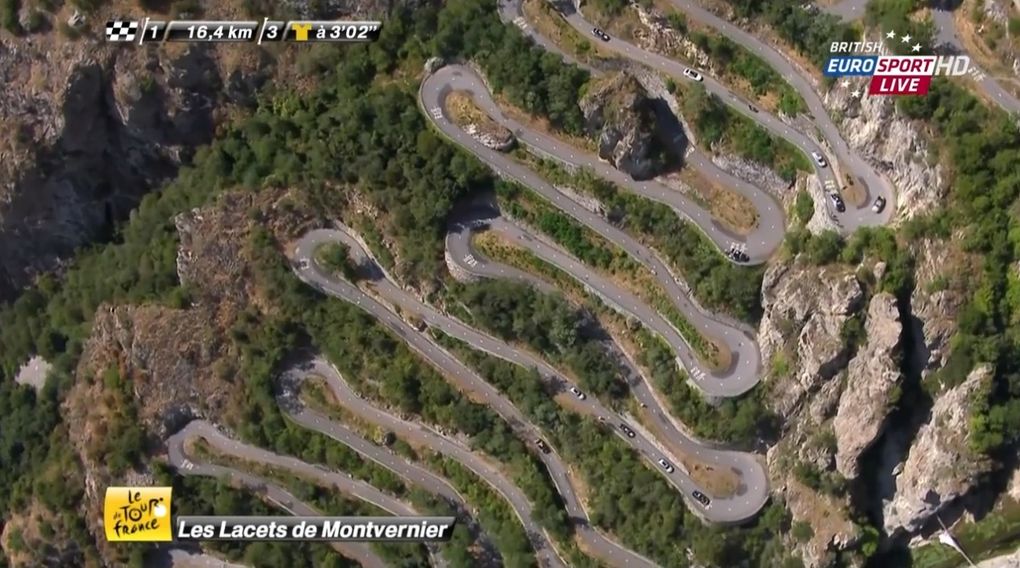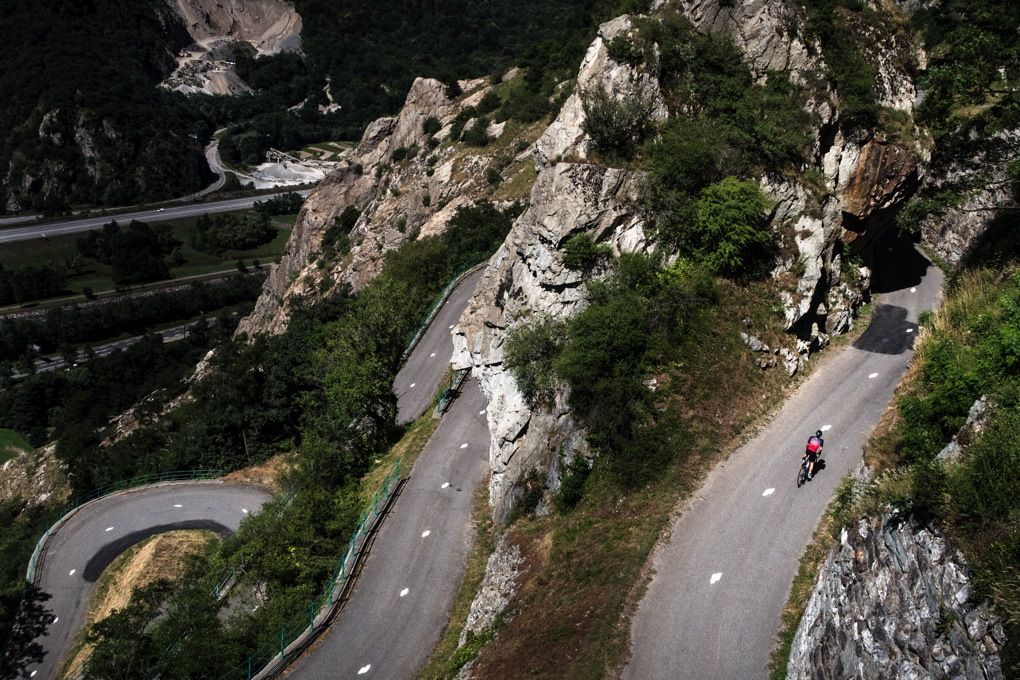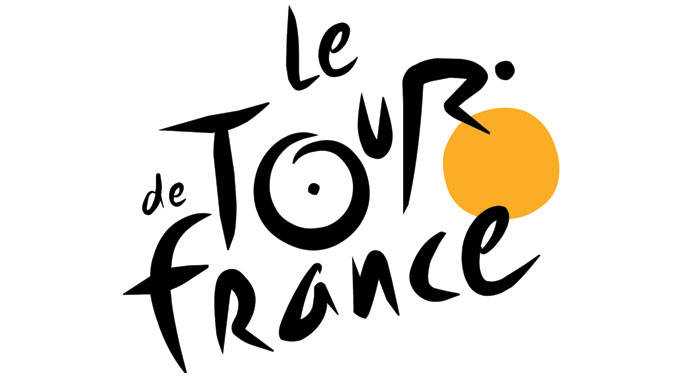The Lacets de Montvernier is not long or steep, nor is it likely to have a significant impact on the outcome of the Tour de France when it appears on stage 18 today (Thursday July 24), but it may just be one of the most beautiful roads in professional cycling.
Les Lacets de Montvernier is French for ‘the shoelaces of Montvernier’ and the climb’s beauty is in how it scales the cliff face above the Maurienne valley, from Pontamafrey to Montvernier, as if a shoelace had been dropped from the sky.

Eighteen hairpin bends, stacked one on top of the other, rise from the valley on the 3.4km climb – though 17 of those hairpins come in a 2km stretch, making for, roughly speaking, one every 120m, with riders slingshotting from bend to bend. It is a stunning stretch of road; quiet, narrow and one seemingly made for cycling.

The road was finished in 1934, a feat of engineering like Sa Calobra in Majorca, and took six years to construct, but only now does the Tour come to town. All in all, the road rises for 3.4km, climbing from an altitude of 505m to 782m at a steady gradient of between eight and nine per cent.

It will be the final launchpad on a rollercoaster day at the Tour which features seven categorised climbs, including the hors categorie Col du Glandon. With two summit finishes to come on Friday and Saturday, in La Toussuire and Alpe d’Huez, stage 18 is likely to see a breakaway succeed, and from the top of the Lacets de Montvernier there’s a fast descent to the finish in Saint-Jean-de-Maurienne.
The climb is a visual feast in a race which isn’t short on dramatic vistas. While it’s neighbours, including the Glandon, Col de la Croix de Fer, Col du Galibier and Col de la Madeleine, are better known giants, and climb further and higher into the Alps, the Lacets de Montvernier will offer a unique spectacle when the television helicopter which follows the race beams back images of stage 18.






